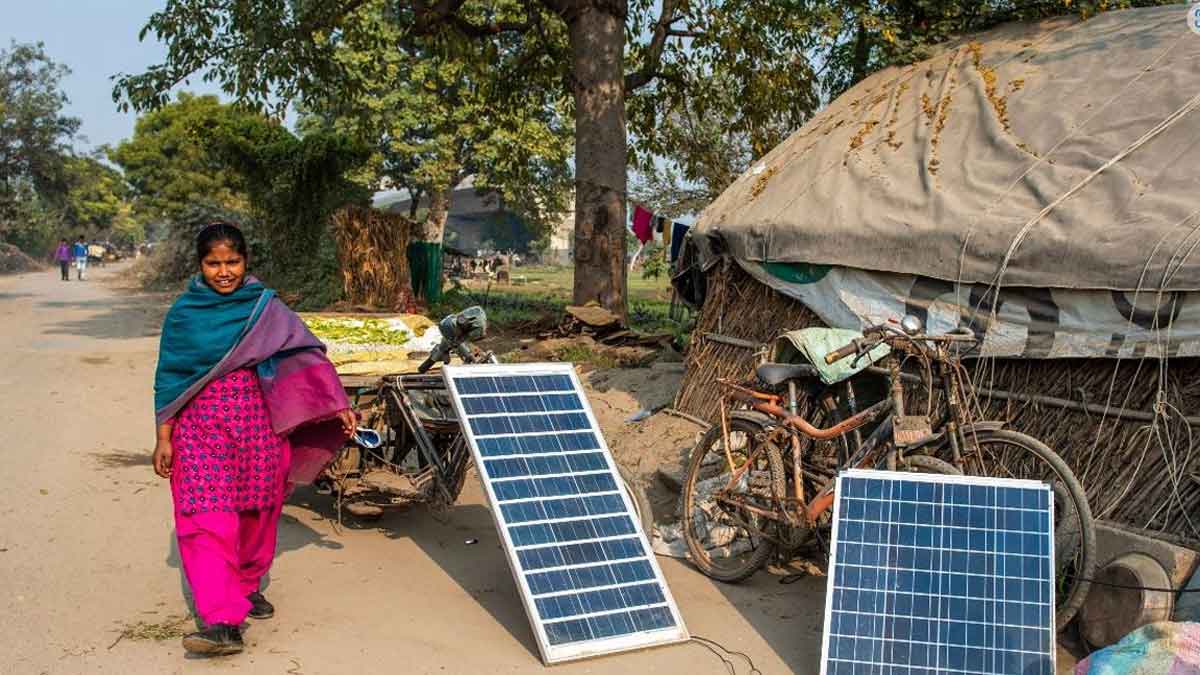According to a new World Bank report, 733 million people globally do not have access to electricity, whereas 2.4 billion people are forced to use fuels that are detrimental to their health and the environment.
As per the current rate of progress, 670 million people will be deprived of electricity by 2030 — 10 million more than estimated last year, according to the Energy Progress Report 2022 edition of Tracking SDG-7 released on Wednesday.
The report reveals that the effects of the epidemic, including disruptions to global supply chains, lockdowns, and diversion of financial resources to keep food and fuel expenses affordable, have influenced the pace of progress toward the Sustainable Development Goal (SDG 7) of ensuring access to reliable, sustainable, affordable, and modern energy by 2030.
Almost a 90 million people in Asia and Africa, who had already gained access to electricity, face difficulty to pay for their basic energy needs, the report points out.
Read more: NEPRA hikes electricity tariff by Rs 7.91 to Rs 24.82 per unit
Moreover, the report says that in spite of continued disturbances in economic activity and supply chains, renewable energy was the only energy source produced through the pandemic. But, these positive universal and regional trends in renewable energy have left behind several countries most in need of electricity.
The access of the world’s population to electricity increased from 83 percent in 2010 to 91 percent in 2020, an increase of 1.3 billion people with access to electricity.
The access of the world’s population to clean cooking fuels and technologies grew to 69 percent in 2020, an increase of 3% over the previous year.
In 2021, the share of renewable capacity expansion increased by a record amount.
Meanwhile, growing commodity, energy, and shipping prices, along with restrictive trade measures, have raised the cost of producing and transporting solar photovoltaic (PV) modules, biofuels, and wind turbines increasing uncertainty for future renewable energy projects.
From 2010 to 2019, worldwide annual improvements in energy intensity were around 1.9 percent, well below the target, and the average annual rate of improvement now has to reach the target of 3.2 percent to compensate for lost ground.





















